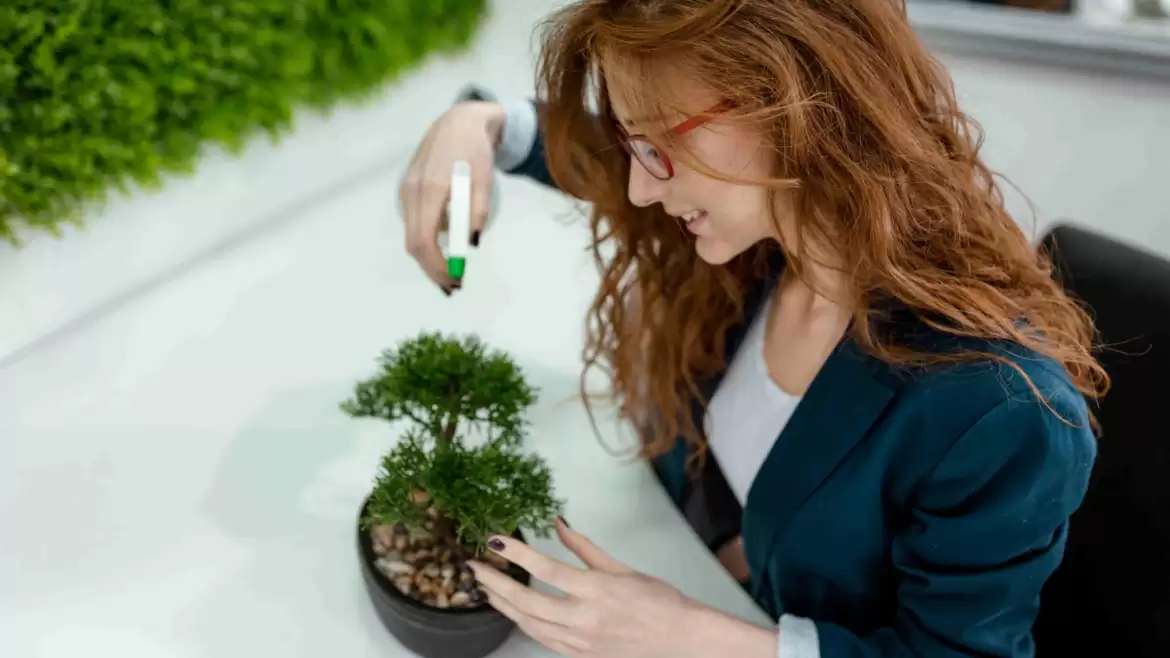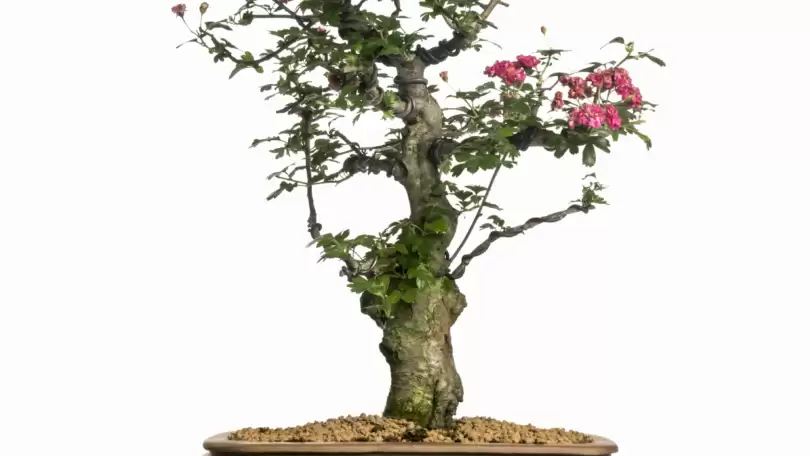Juniper Bonsai, Chinese Elm Bonsai, and Ficus Bonsai for Beginners – Full Explained

Introduction
When just starting, it’s best to choose a tree species based on your growing space and experience level. If you’re looking for a bonsai to grow indoors, the Ficus Bonsai is ideal for beginners.
If you have an outdoor space picked for your first bonsai, then the Juniper Bonsai is perfect. A third and prevalent option is the Chinese Elm Bonsai, a versatile tree that can be grown both inside and outside. We will now cover specific guidelines for these three trees. However, general care maintenance will be discussed in greater detail in the next article.
Ficus Bonsai
The Ficus Bonsai is an excellent choice for beginners because it is an easy-to-care-for tree that can be grown indoors. This species is a member of the Ficus family and is native to the tropical regions of Asia. The Ficus Bonsai has attractive green leaves and a sturdy trunk. It can grow up to 12 inches tall and is ideal for small spaces.
Placement
The Ficus Bonsai should be placed in a bright, sunny spot and kept in relatively consistent temperatures. It can be taken outside during the summer months; however, it should be brought back inside when temperatures drop below 50 °F (10 °C).
Watering
The Ficus Bonsai should be watered regularly, but be careful not to overwater. Allow the soil to dry out slightly between waterings, but not completely.
Fertilizing
Fertilize this species every two weeks during the summer season with a water-soluble fertilizer and every four weeks during the winter if the tree continues to grow. Liquid fertilizer and organic fertilizer pellets can be used.
Pruning and Trimming
Regular pruning is necessary to maintain the shape of the Ficus Bonsai. Prune after new growth appears, typically in the spring. Prune back to one-third of the new development. Trimming can be done with good-quality scissors; however, sterilize them before using them.
Wiring
The Ficus can be wired to shape it as you desire. Begin by gently shaping the tree and then wrapping the wire around two branches with the same piece of wire and fanning them out gently. When opened up, these trees grow best, so keep this in mind when shaping the branches. Check the wire regularly to ensure it is not cutting into the bark.
Repotting
The Ficus Bonsai should be repotted every two to three years. Use a well-draining potting mix, such as cactus mix or bonsai mix. Be sure to choose a pot about 2/3 in length to that of the tree’s height.
Pests and Diseases
The Ficus Bonsai is a sturdy tree and is not typically affected by pests or diseases. Dry air and a lack of light can often weaken the Ficus tree’s immune system and lead to an infestation of pests. However, watch for aphids, mealybugs, and scale. If these pests are detected, they can be removed with horticultural oil or insecticidal soap.
Juniper Bonsai
If you’re looking for an outdoor bonsai tree, the Juniper Bonsai is excellent. This species is native to temperate regions of the Northern Hemisphere and can tolerate a range of climates, from cold winters to hot summers. Juniper Bonsais have green needles and grow up to 36 inches tall. They are relatively easy to care for and make a beautiful addition to any outdoor space.
You Also Read About Introduction of Bonsai Trees
Placement
Your Juniper bonsai should be placed outdoors in a spot that receives full sun. If you live in a climate with hot summers, it’s essential to ensure your tree is shaded from the sun during the hottest part of the day. Protect your Juniper bonsai from frost during the winter by placing it in a sheltered location.
Watering
Juniper Bonsais prefer to be watered regularly, but not constantly. During the summer, water your tree every other day. In the winter, water it once a week. Be sure to water the tree deeply until the soil is moist but not wet.
Fertilizing
Fertilize your Juniper bonsai every two weeks during the growing season using organic fertilizer pellets. Using higher nitrogen levels during the spring will help promote new growth.
Pruning and Trimming
Prune your Juniper bonsai in late winter or early spring before new growth begins. Cut back the branches to shape the tree and remove any dead or damaged branches.
Wiring
Juniper bonsais can be wired to help shape them into the desired form. Use soft wire, as Juniper needles are delicate and can be easily damaged. The wire should only be left in place for a few weeks.
Repotting
Repot your Juniper bonsai every two to three years, in early spring. Choose a pot about 2/3 in length to the tree’s height. Be sure to use well-draining bonsai soil.
Pests and Diseases
Juniper Bonsais are resistant to pests and diseases but watch for aphids, mealybugs, and scale. If these pests are detected, they can be removed with horticultural oil or insecticidal soap. Pests can be controlled with regular applications of neem oil. Brown needles on the Juniper Bonsai may be a sign of spider mites.
Chinese Elm Bonsai
The Chinese Elm is native to China and south-east Asia. It can be a massive tree in its natural habitat, growing up to 80 feet tall (25 meters). Because it has small leaves and fine branch ramification, it makes an excellent Bonsai plant.
YouTube Bonsai
Placement
The Chinese elm tree will grow in either full sun or partial shade. In the winter, it may be kept outside even in cold climates. If you have an indoor Chinese Elm Bonsai, you can place it outside during the summer; however, it’s best to bring it into a cool but frost-free room during the winter.
The Chinese Elm is a hardy tree that can survive some frost, but it varies depending on where it was imported from. Trees from northern regions of China are more frost-hardy than those from southern areas. The leaves of Chinese Elms drop or remain dormant in the winter when the new shoots emerge, depending on the severity of the weather.
Watering
The Chinese Elm does not endure prolonged drought or continual wetness. Wait until the soil is dry before watering, and water generously to ensure that all of the root mass is moistened.
Fertilizing
During the growing season, feed your Chinese Elm with lots of fertilizer. You don’t need to use any expensive fertilizers. A mix of solid organic fertilizer and a well-balanced liquid chemical fertilizer works wonderfully. No fertilization is required when the elm tree is dormant during the winter.
Pruning and Trimming
The Chinese Elm thickens quickly and requires frequent trimming to produce a dense network of fine branches. Before cutting it back, allow the branch to develop 3 or 4 additional nodes before pruning back to 1 – 2 leaves.
After significant pruning, the tree’s buds thrive. Late fall is when you should prune larger branches most effectively.
Wiring
The Chinese Elm is a wonderful tree to work with when utilizing standard wire and guy wire methods.
Repotting
When Chinese Elm trees are young, they should be repotted every two years. They can be repotted less often as they get older and more extensive. Spring is the best time to repot elms, regardless of their age.
The roots of elms become twisted and entangled, so it’s critical to execute root pruning with care and precision to create a beautiful nebari. It doesn’t require any particular soil type, but it’s preferable if well-draining. A basic soil mix will suffice.
Pests and Diseases
When the humidity level is low, the Chinese Elm is frequently infested by spider mites or scale. Pesticides should be used correctly, and frequent water spraying helps to prevent pests and illnesses. Avoid using thinned lime-sulfur or systemic pesticides since this may cause the Chinese Elm to shed all of its leaves.




1 Comment